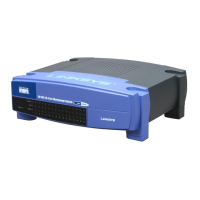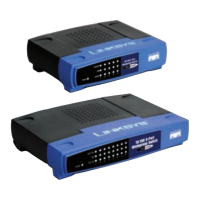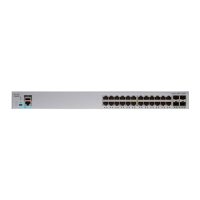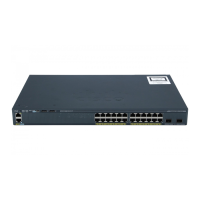the sequence.
Note For more details about the boot system flash command, refer to “Enabling Booting from
Flash Memory” or “Enabling Booting from Flash Memory on an RP.”
Copying Bootable Images between Flash Memory Cards
As future releases of Cisco IOS images become available, you will receive these images either as a
file booted from a network server, a file on floppy disk, or a file on a Flash memory card.
The following scenario describes how to use a newly released image on a Flash memory card in a
system that has an older image on a Flash memory card in slot 0 and a default boot image in the
onboard Flash SIMM.
For this scenario, the filenames are as follows:
• The new image on the new Flash memory card in slot 1 is image.new.
• The old image in the Flash memory card in slot 0 is image.old.
• The bootable image in onboard Flash memory is image.boot.
You will copy the new image from the new Flash memory card onto the Flash memory card that
contains the old image.
Note The scenario assumes that the new image will fit on the Flash memory card in slot 0,
alongside the old image. If there is not enough available space, use the delete command to delete
files from the Flash memory card to make sufficient room for the new image; however, do not delete
the image.old file. Then use the squeeze command to remove these deleted files from the Flash
memory card. If, after you have deleted files and used the squeeze command, the two files cannot
coexist on the Flash memory card in slot 0, remove this card (place it in an anti-static bag and store
it in a safe place), then insert the new Flash memory card (with the file image.new) in slot 0. Proceed
to Step 5 and use the command boot system slot0:image.new to designate the file image.new as the
default boot image.
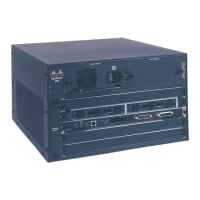
